The Hartford 2012 Annual Report Download - page 70
Download and view the complete annual report
Please find page 70 of the 2012 The Hartford annual report below. You can navigate through the pages in the report by either clicking on the pages listed below, or by using the keyword search tool below to find specific information within the annual report.-
 1
1 -
 2
2 -
 3
3 -
 4
4 -
 5
5 -
 6
6 -
 7
7 -
 8
8 -
 9
9 -
 10
10 -
 11
11 -
 12
12 -
 13
13 -
 14
14 -
 15
15 -
 16
16 -
 17
17 -
 18
18 -
 19
19 -
 20
20 -
 21
21 -
 22
22 -
 23
23 -
 24
24 -
 25
25 -
 26
26 -
 27
27 -
 28
28 -
 29
29 -
 30
30 -
 31
31 -
 32
32 -
 33
33 -
 34
34 -
 35
35 -
 36
36 -
 37
37 -
 38
38 -
 39
39 -
 40
40 -
 41
41 -
 42
42 -
 43
43 -
 44
44 -
 45
45 -
 46
46 -
 47
47 -
 48
48 -
 49
49 -
 50
50 -
 51
51 -
 52
52 -
 53
53 -
 54
54 -
 55
55 -
 56
56 -
 57
57 -
 58
58 -
 59
59 -
 60
60 -
 61
61 -
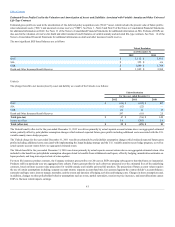 62
62 -
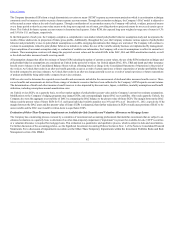 63
63 -
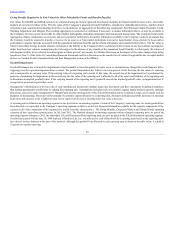 64
64 -
 65
65 -
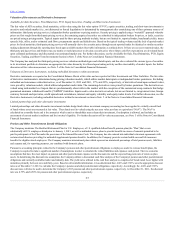 66
66 -
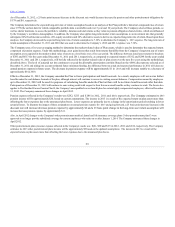 67
67 -
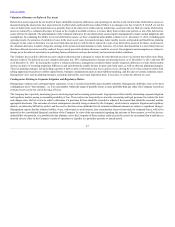 68
68 -
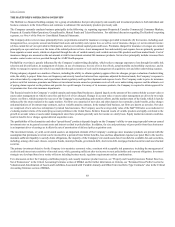 69
69 -
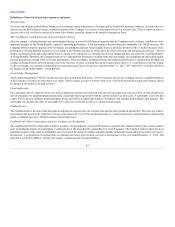 70
70 -
 71
71 -
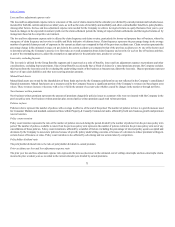 72
72 -
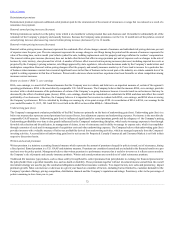 73
73 -
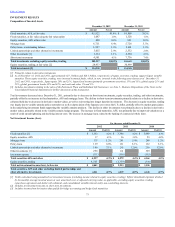 74
74 -
 75
75 -
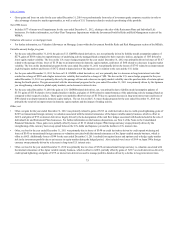 76
76 -
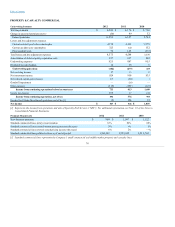 77
77 -
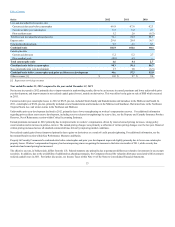 78
78 -
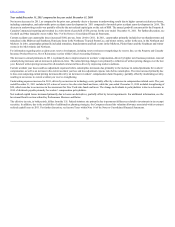 79
79 -
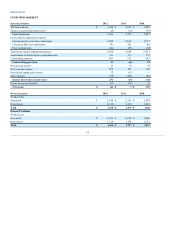 80
80 -
 81
81 -
 82
82 -
 83
83 -
 84
84 -
 85
85 -
 86
86 -
 87
87 -
 88
88 -
 89
89 -
 90
90 -
 91
91 -
 92
92 -
 93
93 -
 94
94 -
 95
95 -
 96
96 -
 97
97 -
 98
98 -
 99
99 -
 100
100 -
 101
101 -
 102
102 -
 103
103 -
 104
104 -
 105
105 -
 106
106 -
 107
107 -
 108
108 -
 109
109 -
 110
110 -
 111
111 -
 112
112 -
 113
113 -
 114
114 -
 115
115 -
 116
116 -
 117
117 -
 118
118 -
 119
119 -
 120
120 -
 121
121 -
 122
122 -
 123
123 -
 124
124 -
 125
125 -
 126
126 -
 127
127 -
 128
128 -
 129
129 -
 130
130 -
 131
131 -
 132
132 -
 133
133 -
 134
134 -
 135
135 -
 136
136 -
 137
137 -
 138
138 -
 139
139 -
 140
140 -
 141
141 -
 142
142 -
 143
143 -
 144
144 -
 145
145 -
 146
146 -
 147
147 -
 148
148 -
 149
149 -
 150
150 -
 151
151 -
 152
152 -
 153
153 -
 154
154 -
 155
155 -
 156
156 -
 157
157 -
 158
158 -
 159
159 -
 160
160 -
 161
161 -
 162
162 -
 163
163 -
 164
164 -
 165
165 -
 166
166 -
 167
167 -
 168
168 -
 169
169 -
 170
170 -
 171
171 -
 172
172 -
 173
173 -
 174
174 -
 175
175 -
 176
176 -
 177
177 -
 178
178 -
 179
179 -
 180
180 -
 181
181 -
 182
182 -
 183
183 -
 184
184 -
 185
185 -
 186
186 -
 187
187 -
 188
188 -
 189
189 -
 190
190 -
 191
191 -
 192
192 -
 193
193 -
 194
194 -
 195
195 -
 196
196 -
 197
197 -
 198
198 -
 199
199 -
 200
200 -
 201
201 -
 202
202 -
 203
203 -
 204
204 -
 205
205 -
 206
206 -
 207
207 -
 208
208 -
 209
209 -
 210
210 -
 211
211 -
 212
212 -
 213
213 -
 214
214 -
 215
215 -
 216
216 -
 217
217 -
 218
218 -
 219
219 -
 220
220 -
 221
221 -
 222
222 -
 223
223 -
 224
224 -
 225
225 -
 226
226 -
 227
227 -
 228
228 -
 229
229 -
 230
230 -
 231
231 -
 232
232 -
 233
233 -
 234
234 -
 235
235 -
 236
236 -
 237
237 -
 238
238 -
 239
239 -
 240
240 -
 241
241 -
 242
242 -
 243
243 -
 244
244 -
 245
245 -
 246
246 -
 247
247 -
 248
248 -
 249
249 -
 250
250 -
 251
251 -
 252
252 -
 253
253 -
 254
254 -
 255
255 -
 256
256 -
 257
257 -
 258
258 -
 259
259 -
 260
260 -
 261
261 -
 262
262 -
 263
263 -
 264
264 -
 265
265 -
 266
266 -
 267
267 -
 268
268 -
 269
269 -
 270
270 -
 271
271 -
 272
272 -
 273
273 -
 274
274 -
 275
275 -
 276
276 -
 277
277 -
 278
278 -
 279
279 -
 280
280 -
 281
281 -
 282
282 -
 283
283 -
 284
284 -
 285
285 -
 286
286 -
 287
287 -
 288
288 -
 289
289 -
 290
290 -
 291
291 -
 292
292 -
 293
293 -
 294
294 -
 295
295 -
 296
296 -
 297
297 -
 298
298 -
 299
299 -
 300
300 -
 301
301 -
 302
302 -
 303
303 -
 304
304 -
 305
305 -
 306
306 -
 307
307 -
 308
308 -
 309
309 -
 310
310 -
 311
311 -
 312
312 -
 313
313 -
 314
314 -
 315
315 -
 316
316 -
 317
317 -
 318
318 -
 319
319 -
 320
320 -
 321
321 -
 322
322 -
 323
323 -
 324
324 -
 325
325 -
 326
326 -
 327
327 -
 328
328 -
 329
329 -
 330
330 -
 331
331 -
 332
332 -
 333
333 -
 334
334 -
 335
335
 |
 |

Table of Contents
Account Value
Account value includes policyholders’ balances for investment contracts and reserves for future policy benefits for insurance contracts. Account value is a
measure used by the Company because a significant portion of the Company’s fee income is based upon the level of account value. These revenues increase or
decrease with a rise or fall in the amount of account value whether caused by changes in the market or through net flows.
After-tax Margin, excluding buyouts and realized gains (losses)
After-tax margin, excluding buyouts and realized gains (losses), is a non-GAAP financial measure that the Company uses to evaluate, and believes is an
important measure of, the Group Benefits segment’s operating performance. After-tax margin is the most directly comparable U.S. GAAP measure. The
Company believes that the measure after-tax margin, excluding buyouts and realized gains (losses), provides investors with a valuable measure of the
performance of Group Benefits because it reveals trends in the business that may be obscured by the effect of buyouts and realized gains (losses). After-tax
margin, excluding buyouts and realized gains (losses), should not be considered as a substitute for after-tax margin and does not reflect the overall profitability
of Group Benefits Therefore, the Company believes it is important for investors to evaluate both after-tax margin, excluding buyouts and realized gains
(losses), and after-tax margin when reviewing performance. After-tax margin, excluding buyouts and realized gains (losses) is calculated by dividing core
earnings excluding buyouts and realized gains (losses) by total core revenues excluding buyouts and realized gains (losses). A reconciliation of after-tax margin
to after-tax margin, core earnings excluding buyouts and realized gains (losses) for the year ended December 31, 2012, 2011 and 2010 is set forth in the After-
tax Margin section within MD&A - Group Benefits.
Assets Under Management
Assets under management (“AUM”) include account values and mutual fund assets. AUM is a measure used by the Company because a significant portion
of the Company’s revenues are based upon asset values. These revenues increase or decrease with a rise or fall in the amount of account value whether caused
by changes in the market or through net flows.
Catastrophe ratio
The catastrophe ratio (a component of the loss and loss adjustment expense ratio) represents the ratio of catastrophe losses incurred in the current calendar year
(net of reinsurance) to earned premiums and includes catastrophe losses incurred for both the current and prior accident years. A catastrophe is an event that
causes $25 or more in industry insured property losses and affects a significant number of property and casualty policyholders and insurers. The
catastrophe ratio includes the effect of catastrophe losses, but does not include the effect of reinstatement premiums.
Combined ratio
The combined ratio is the sum of the loss and loss adjustment expense ratio, the expense ratio and the policyholder dividend ratio. This ratio is a relative
measurement that describes the related cost of losses and expenses for every $100 of earned premiums. A combined ratio below 100 demonstrates underwriting
profit; a combined ratio above 100 demonstrates underwriting losses.
Combined ratio before catastrophes and prior accident year development
The combined ratio before catastrophes and prior accident year development, a non-GAAP measure, represents the combined ratio for the current accident
year, excluding the impact of catastrophes. Combined ratio is the most directly comparable U.S. GAAP measure. The Company believes this ratio is an
important measure of the trend in profitability since it removes the impact of volatile and unpredictable catastrophe losses and prior accident year reserve
development. A reconciliation of combined ratio to combined ratio before prior accident year reserve development for the years ended December 31, 2012, 2011
and 2010 is set forth in MD&A - Property & Casualty Commercial and Consumer Markets.
69
